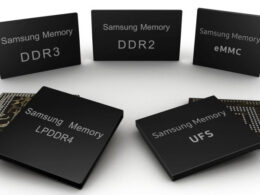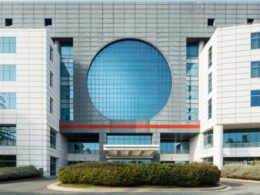Experts believe that the further evolution of computer technology hinges heavily on the utilization of multi-chip packaging in complex spatial combinations, even as major players are developing separate ecosystems that involve its application. Of note, Samsung Electronics has expanded its Multi Die Integration alliance from 20 to 30 companies.
The 50% increase in membership within one year was reported by Business Korea. This alliance, founded a year ago, focuses on developing 2.5D and 3D spatial package technologies that allow the combination of several diverse crystals within a single product. Samsung requires that the members of the MDI alliance should be able to swiftly integrate HBM-type memory into their solutions. Last year, the MDI alliance comprised 20 companies, now it has grown to 30.
Samsung has the capability to produce both the memory of this type as well as chips developed by external companies based on their orders, making its chiplet integration ecosystem somewhat self-sufficient. However, varying design concepts for chips can potentially cause problems during integration, making the formation of alliances like these a necessity.
Meanwhile, their competitor TSMC is promoting a similar initiative through its 3D Fabric Alliance, which has also consolidated over 20 companies. TSMC has had substantial success with integrating complex components using the CoWoS method, with Nvidia being a major client. Samsung is also aiming to establish its distinctive ecosystem to attract new clients for their profile services.





